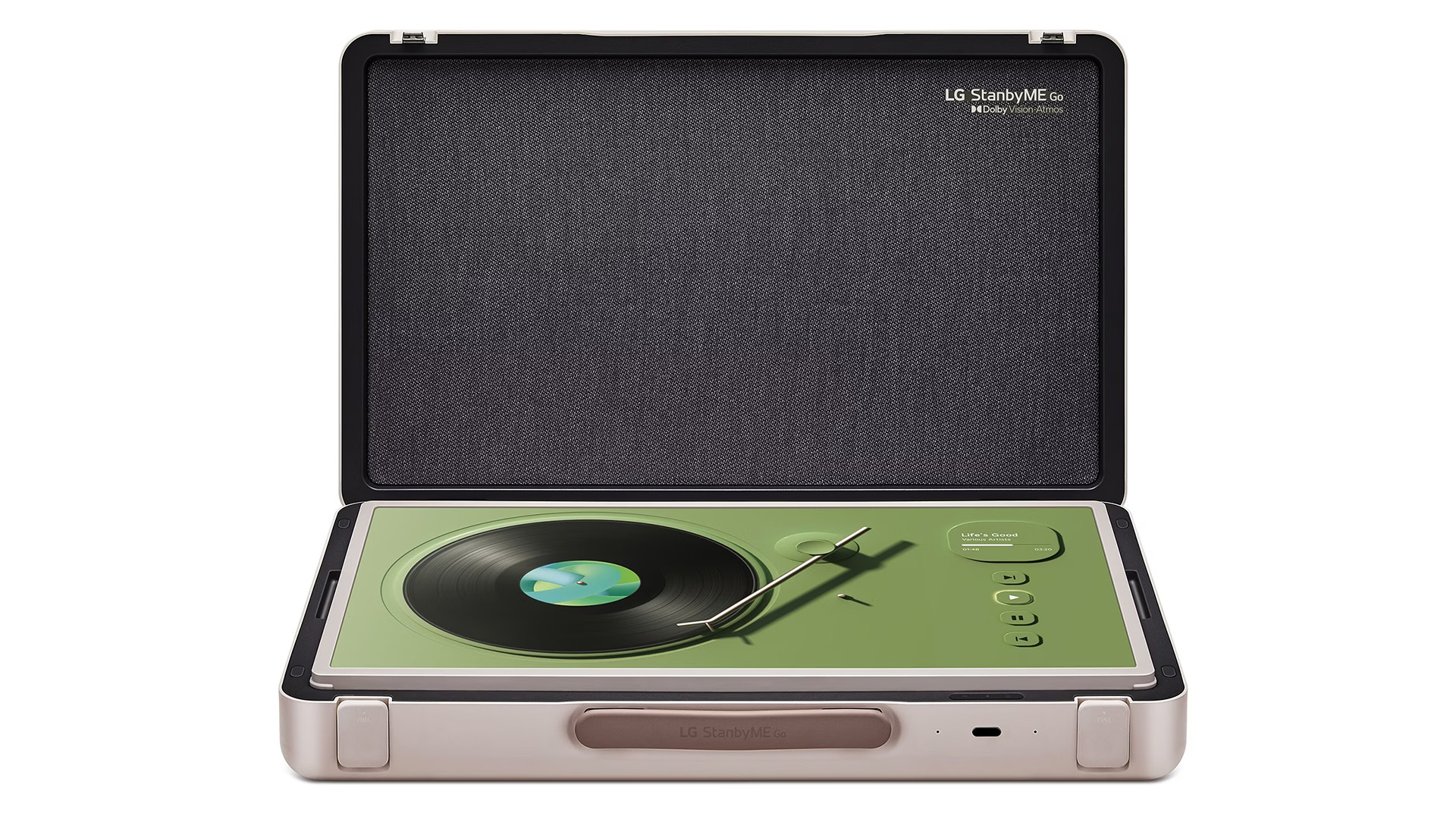When we first heard about the new iPad from Apple, we expected it to be a much cheaper device that would appeal to scholastic equipment buyers.
What we got was a device that’s identical in looks to last year’s cheapest iPad, but with some key upgrades. Apple Pencil support and the newer A10 Fusion chipset are the headline features, as well as a maintained price point in most places (although it’s a touch cheaper in the UK).
We’ve given the tablet a thorough going over since we’ve picked it up on Tuesday, in order to bring your our natural in-depth review… but what have we found so far?
Apple Pencil
We’ve never been entirely sold on the Apple Pencil for general use, simply because it feels nothing like writing with a pen on paper, which should be the key experience in this case.
Taking notes is tough, and not really what the tool is for. Where the Pencil comes into its own is when being used for precision in apps, whether that’s an adult coloring book (they’re a thing, honest!) or adding in a text box in Pages to provide a drawing or marking up text.
The new text markup feature is a big step for Apple, and it’s curious that it’s taken this long to enable it, at a time when Microsoft was able to bring the functionality to its own Office software Pencil compatible.
However, writing anything on the tablet, with the pen’s nib being made of a rubberised material, is a very 'slidey' experience - but in terms of the feel of the Pencil on the screen. This makes creating clear, legible handwriting quite difficult, so our markups have been largely ineffective.
A10 Fusion chipset
We weren’t sure the best way to test the raw power in the new iPad, simply because in our eyes it’s powerful enough for any task many would want to throw at it.
Gaming, web browsing, emailing, watching video, even a spot of Photoshopping all flew by without a hitch… given 2018’s iPad is more powerful than the first iPad Pro, that’s hardly surprising.
The only thing that really gave a clue to the raw power was the Geekbench score… in single core tests (the lighter lifting) the new iPad is as capable as the iPad Pro 10.5, which is pretty impressive.
We also found that it has 2GB of RAM, which is a fine amount and will suit most people well.
Battery and camera
The battery life of the new iPad has been tipped at 10 hours for surfing the web or watching a movie, and it seems pretty close to that number.
We watched a YouTube looped video for five hours (well, we ran it in the background while doing some other stuff… watching a kaleidoscope run for that long might have killed us) and the battery wasn’t even close to depletion.
In a more relevant use case, we’ve been using it on and off for 36 hours, including on a long haul flight, for movies, gaming and browsing the web, and it’s only just dropped over 50% battery life.
It’s pretty similar to other iPads we’ve used, and they’ll only need charging every three or four days if you’re using them regularly.
The camera is an 8MP sensor, and it’s just...fine. We’re never going to love a camera on an iPad, simply because it’s a terrible way to take a snap recreationally.
However, many more people are using them in the field for work, and with the new iPad being heavily pushed on schools the need for kids to take a picture or use the camera for augmented reality is important.
It’s no use in low light though - compare it to the one taken with the iPhone X. We know that it’s nowhere near a fair fight, as the X has the most advanced sensor Apple has ever made in there and the iPad isn’t tuned for low light, but it serves to show the difference well.
What do we think so far?
It’s hard to say that the new iPad is anything other than just a new iPad - it’s the same shape and does pretty much the same things as the iPad from last year.
We need to spend some more time with the Pencil though, as currently it’s not really offering anything special… but that’s likely because we haven’t explored the best Apple pencil apps out there yet.
More importantly, it’s an a better value iPad, which is really the category this device is aimed at… a tablet for those that want an upgrade on their iPad 3 or iPad Air, or want to go bigger than a Mini.
While we need to run some more tests, it currently seems like a perfect upgrade for those people, with a vibrant screen, fast innards and decent battery life. Combine that with the impressive app library, and the new iPad could be another strong seller for Apple without being mind-blowing in any way.
from TechRadar - Mobile computing news https://ift.tt/2IezPQG
